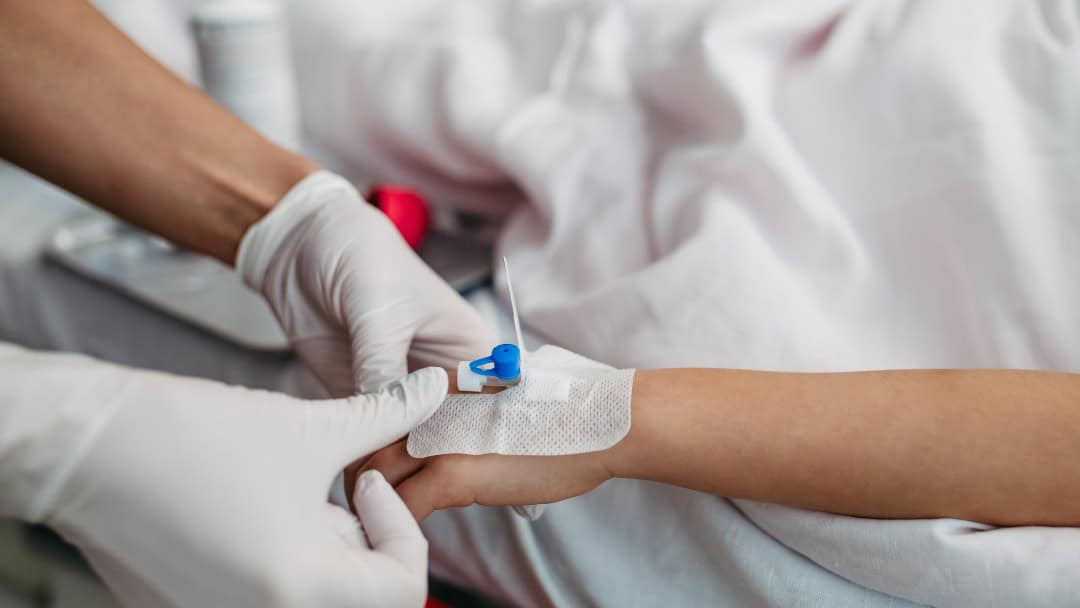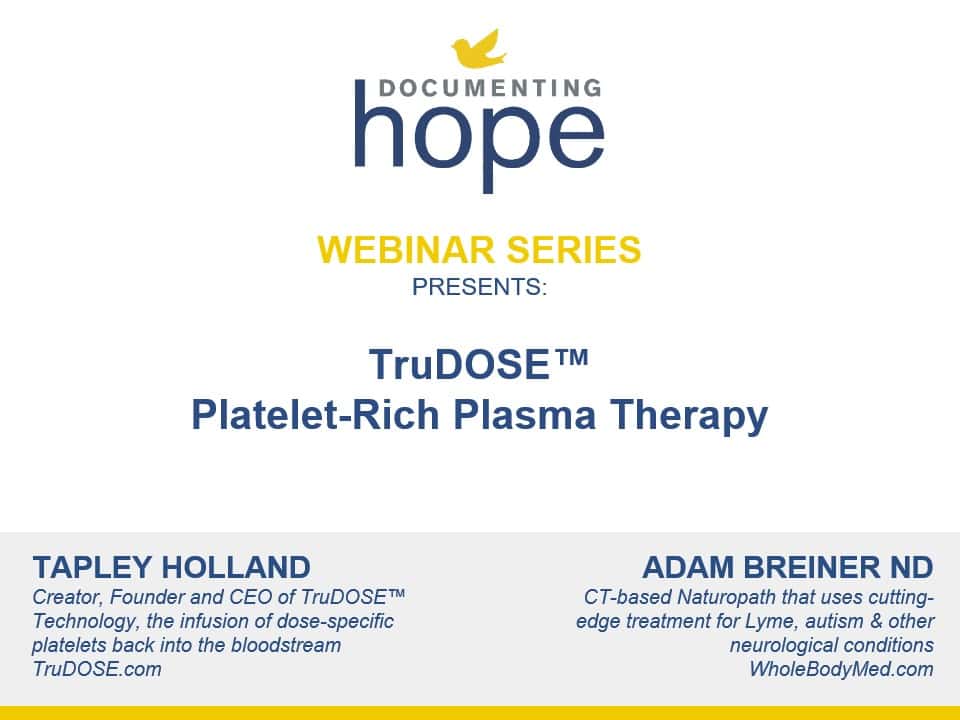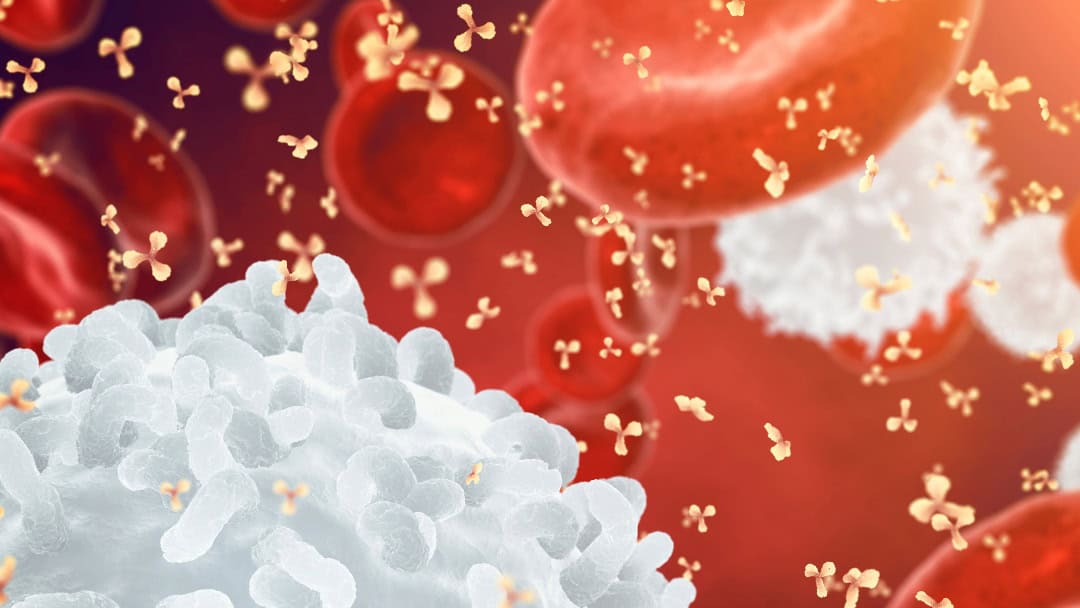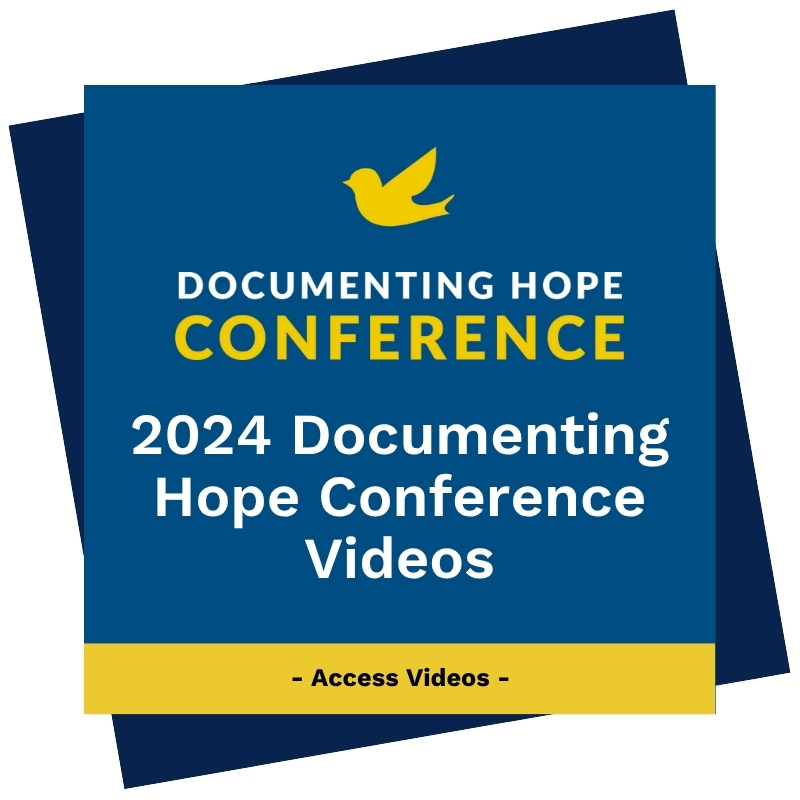Two of the most difficult medical conditions for children and adults of any age are chronic inflammation and immune dysregulation. The body seems to get “stuck”, spinning its inflammatory wheels in a toxic situation, which leads to an imbalance or disruption of the immune system and more inflammation.
Yet the body inherently has a powerful potential to heal itself. The question we need to ask ourselves is: What more does the body need to heal? One of the ways the body naturally heals is through its own platelets. The question for parents is: Are platelet therapies the right therapies or not for your child? Could the addition of platelets (a child’s own or others) support healing?
Platelet Therapies Are One Form of Biological Medicine
Platelet therapies have become mainstream in some orthopedic practices and in the dental industry, often injected into muscles, joints, and tendons to promote healing and aid in tissue repair. They hold promise for broader applications too, for lowering chronic inflammation and alleviating immune dysregulation, while lowering the total body burden in complex illnesses.
Platelet therapies are being used for a variety of chronic medical conditions including neurologic challenges such as autism spectrum disorders, PANS PANDAS, Lyme disease and autoimmune disorders with reported success.
Autism, PANS/PANDAS and Autoimmune Conditions
While biological therapies hold much promise for children, parents should be well-informed before choosing this path for their own. Platelet therapies can seem quite miraculous to parents too, like the perfect solution to autism or PANDAS and PANS. However, parents need to consider that these therapies are invasive, and that they need to be performed in a controlled medical environment such as a hospital, medical office, or at home by a trained nurse. They usually require an IV in the arm for several hours at a time and need to be repeated at regular intervals which can be difficult for some children.
Parents Need to Know
One treatment is usually not enough for a child with autism, PANDAS or PANS and therefore, on-going treatments are often required. These can become quite expensive; insurance coverage is usually not possible outside of a hospital setting. In some cases, the first treatment may be the most effective for the child (some children may appear to be fully recovered). However, subsequent treatments do not always yield such hopeful results.
Plasmapheresis
Plasmapheresis is a technique used in “autoimmune conditions” – conditions which involve the destruction of normal human cells – to remove harmful bacteria, viruses, antibodies, abnormal proteins, and other unwanted substances present in the liquid portion of the blood. The blood cells are returned with plasma from a donor. There are, however, considerable risks with this procedure and very few healthcare practitioners will offer it for PANDAS, PANS or autism even with an autoimmune type presentation.
IVIG
IVIG, or Immunoglobulin Therapy, is the most common platelet therapy chosen by parents of children with autism, PANS or PANDAS. This therapy does not use the patient’s own blood. It relies on a pooled blood supply from donors who are considered healthy. The blood has a concentrated solution of antibodies known as immunoglobulins which are directly administered into a child through an IV line. The therapy may seem hopeful and/or miraculous initially but repeat treatments do not always yield such hopeful results.
Platelet-Rich Plasma Therapy
PRP is Platelet Rich Plasma and is the standard traditional approach using the patient’s own blood to promote blood clotting and wound healing and boost tissue regeneration. The blood is spun in a centrifuge to separate the platelets from other components in the blood, producing a higher concentration of platelets that are then re-injected to promote healing. This is typically the approach used in orthopedic offices and specialized or biologic dental clinics.
TruDOSE™ Platelet-Rich Plasma Therapy
TruDOSE™ is another form of PRP using a more customized and systemic approach. Generally PRP is used in injurious cases, however, TruDose™ can also be used for degenerative and neurological conditions. It is considered a breakthrough in regenerative medicine – medicine that “regenerates” diseased and injured tissue and organs by restoring them to normal functioning.
TruDOSE™ has been used to lower systemic inflammation and reduce symptoms in those with neurological conditions, autoimmune diseases, chronic pain, chronic infections, autism and PANS/PANDAS. In clinical settings, TruDose™ has also been found to stimulate cellular regeneration, promote neurological repair, and support cognition.
In Conclusion
Choosing platelet therapies may be the right choice for your child but in most cases as mentioned, one time will not be enough for autism or PANDAS and PANS. It is still unknown as to why results are inconsistent and why not all children benefit from platelet therapies. If parents are aware of the many factors involved with these therapies, then they can make informed choices.
About Teresa Badillo
In the 1980s she worked overseas in Rome, Italy at the Japanese Embassy in the office of the United Nations (FAO) as a speech writer. She also began her long journey in alternative healing while living in Rome.
After moving to New York and while raising her family of seven children, Teresa embarked on a mission to find alternative non-invasive biomedical, therapeutic, sensory and educational solutions for autism after the diagnosis of her son in the early 1990s.

She won a court case in 1995 against the Rockland County School District in New York to enable ARC Prime Time for Kids to be the first school using Applied Behavioral Analysis teaching method for autism that was paid for by the Rockland County School District. The following year she was instrumental in getting the New York Minister of Education to approve an extension of the ARC license from 5 to 21 years.
She has worked over the years in a number of alternative medical practices with doctors and practitioners organizing various biomedical intervention options for children with autism. Since the mid 1990s, Teresa has served on several boards:
- Foundation for Children with Developmental Disabilities
- The Autoimmunity Project
- Developmental Delayed Resources
- Epidemic Answers
She continues to consult and advise parents on all different areas of autism especially nutritional protocols. Since 2006 she has worked with NutraOrgana, LLC and BioCellular Analysis Testing. She currently researches, writes the newsletter and blogs Teresa’s Corner for The Autism Exchange (AEX). She also writes blog posts and pages for Documenting Hope.
Still Looking for Answers?
Visit the Documenting Hope Practitioner Directory to find a practitioner near you.
Join us inside our online membership community for parents, Healing Together, where you’ll find even more healing resources, expert guidance, and a community to support you every step of your child’s healing journey.
Sources & References
Çelik, T., et al. Treatment of Lyme neuroborreliosis with plasmapheresis. J Clin Apher. 2016 Oct;31(5):476-8.
Eremija, J., et al. Intravenous immunoglobulin treatment improves multiple neuropsychiatric outcomes in patients with pediatric acute-onset neuropsychiatric syndrome. Front Pediatr. 2023 Oct 16:11:1229150.
Hajjari, P., et al. Paediatric Acute-onset Neuropsychiatric Syndrome (PANS) and intravenous immunoglobulin (IVIG): comprehensive open-label trial in ten children. BMC Psychiatry. 2022 Aug 6;22(1):535.
Jain, N.K., et al. Platelet-rich plasma: a healing virtuoso. Blood Res. 2016 Mar;51(1):3-5.
Kumar, K., et al. Comparison of Platelet-Rich Plasma and Corticosteroid Injections for Chronic Plantar Fasciitis: A Randomized Controlled Trial. Cureus. 2024 May 4;16(5):e59656.
Li, J.L., et al. Platelets as autonomous drones for hemostatic and immune surveillance. J Exp Med. 2017 Aug 7;214(8):2193-2204.
Melamed, I.R., et al. A pilot study of high-dose intravenous immunoglobulin 5% for autism: Impact on autism spectrum and markers of neuroinflammation. Autism Res. 2018 Mar;11(3):421-433.
Melamed, I., et al. Evaluation of Intravenous Immunoglobulin in Pediatric Acute-Onset Neuropsychiatric Syndrome. J Child Adolesc Psychopharmacol. 2021 Mar;31(2):118-128.
Melamed, I., et al. IVIG response in pediatric acute-onset neuropsychiatric syndrome correlates with reduction in pro-inflammatory monocytes and neuropsychiatric measures.
Front Immunol. 2024 Oct 3:15:1383973.
Rossignol, D.A., et al. A Systematic Review and Meta-Analysis of Immunoglobulin G Abnormalities and the Therapeutic Use of Intravenous Immunoglobulins (IVIG) in Autism Spectrum Disorder. J Pers Med. 2021 May 30;11(6):488.
Resources
Articles
Lowery, Heather. The Next Big Thing in PRP Therapy. New York Center for Innovative Medicine.
Tiger Admits to Platelet-Rich Plasma Therapy, What's That? ABC News, 7 Apr 2010.
Wernau, Julie. Health Insurers Deny 850 Million Claims a Year. The Few Who Appeal Often Win. Wall Street Journal, 12 Feb 2025.







